

With the rapid development of information technology and the continuous growth of the logistics industry, smart logistics has become a trend in the development of the logistics industry today. The core of smart logistics is to improve the efficiency, accuracy and security of logistics through the application of Internet of Things, Big data, cloud computing and other technologies. The promotion and application of automation equipment is one of the important means for the transformation and upgrading of smart logistics.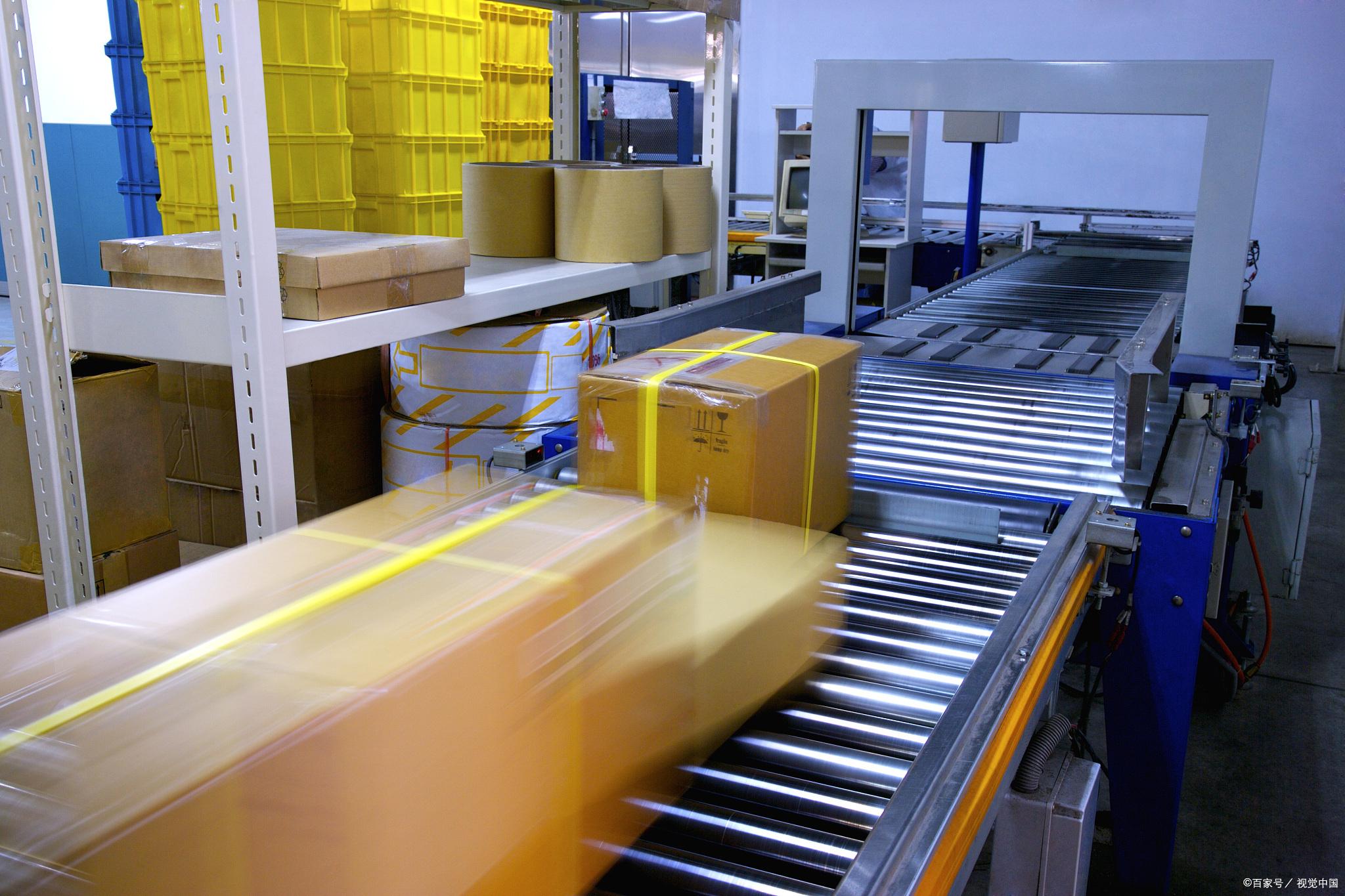
In traditional logistics processes, manual operation is inevitable. However, manual operations have certain limitations, such as high labor costs, low efficiency, and error prone issues. The introduction of automation equipment can effectively solve these problems. Automation equipment includes automatic sorting machines, AGV cars, drones, etc., which can undertake various tasks in logistics and improve overall operational efficiency.
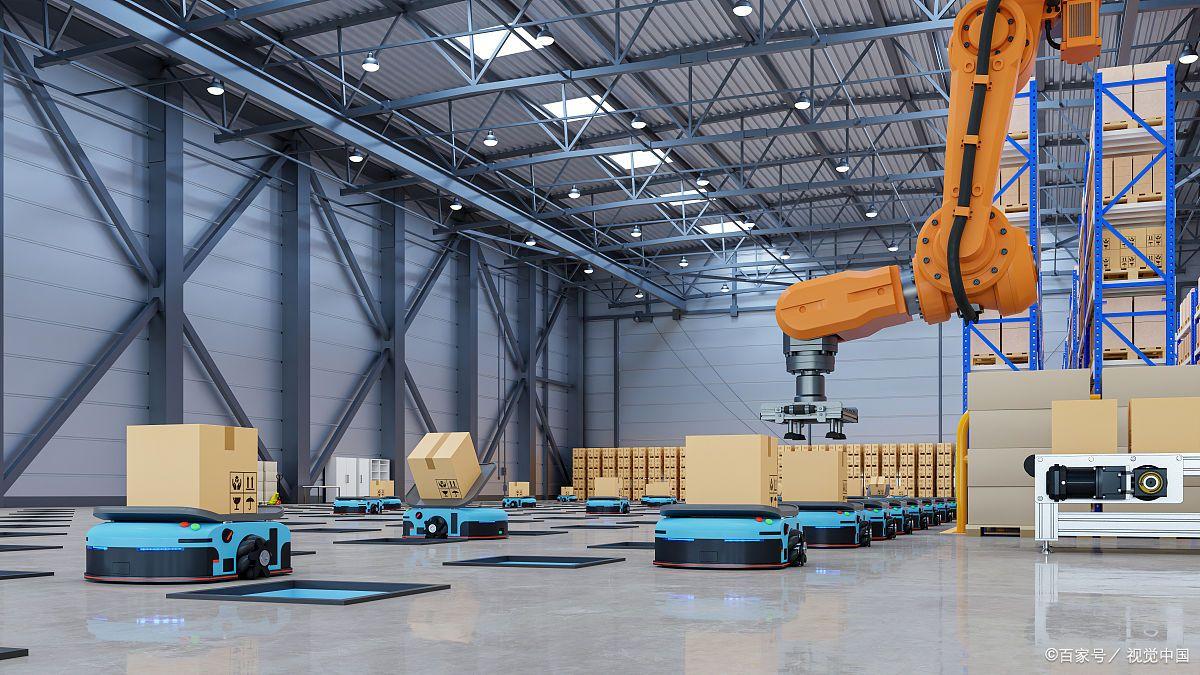
Firstly, automatic sorting machines are one of the essential equipment in modern logistics warehousing. Traditional sorting work requires a large amount of manual involvement, which can easily lead to errors and stagnation due to insufficient human resources or personnel fatigue. The automatic sorting machine can quickly and accurately complete the sorting of goods by applying high-tech methods such as computer vision technology and machine learning. Compared with traditional sorting methods, it has higher efficiency and accuracy, greatly improving the processing capacity of logistics.
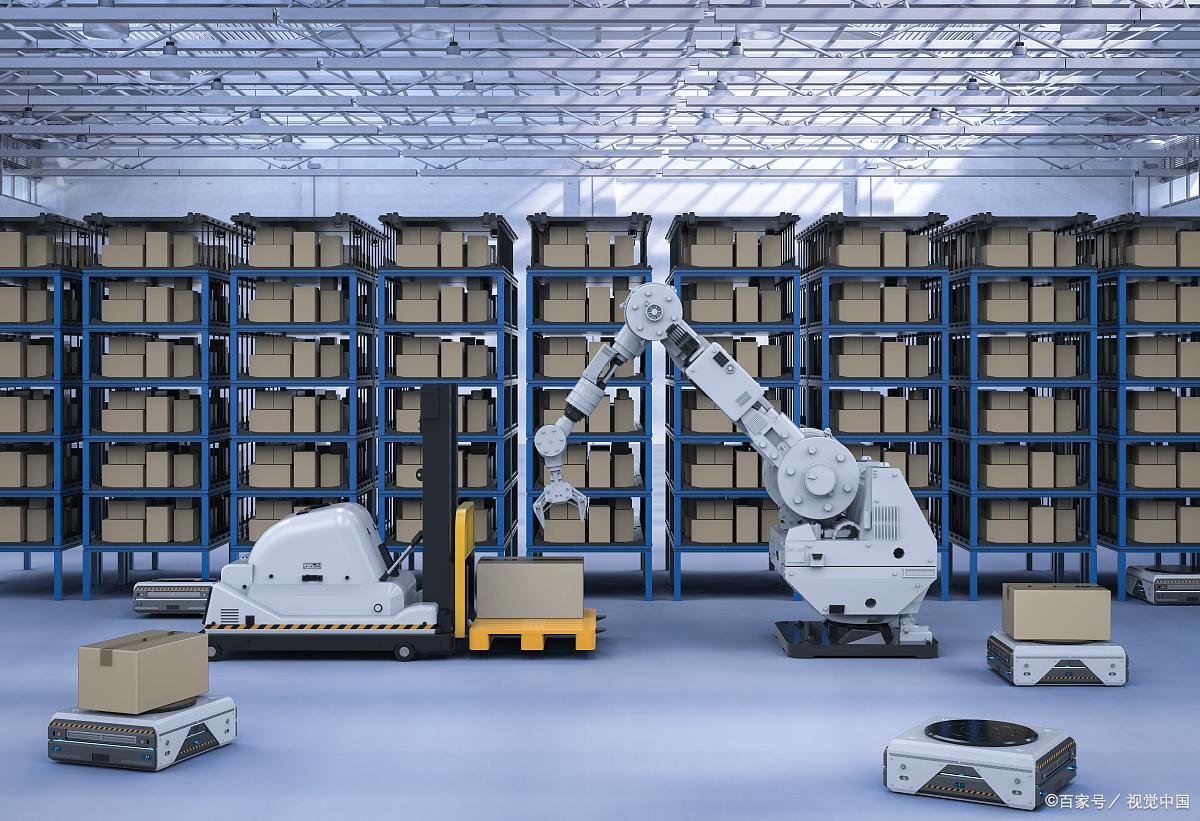
Secondly, AGV car (automatic navigation car) is also a typical representative of Logistics automation equipment. AGV cars can automatically run on the road between the warehouse and production workshop according to preset paths and rules, completing the task of transporting and delivering items. The AGV car has functions such as automatic obstacle avoidance, autonomous driving, and intelligent path planning, allowing for real-time monitoring and feedback. Its use not only improves handling efficiency, but also reduces labor costs and improves work safety.
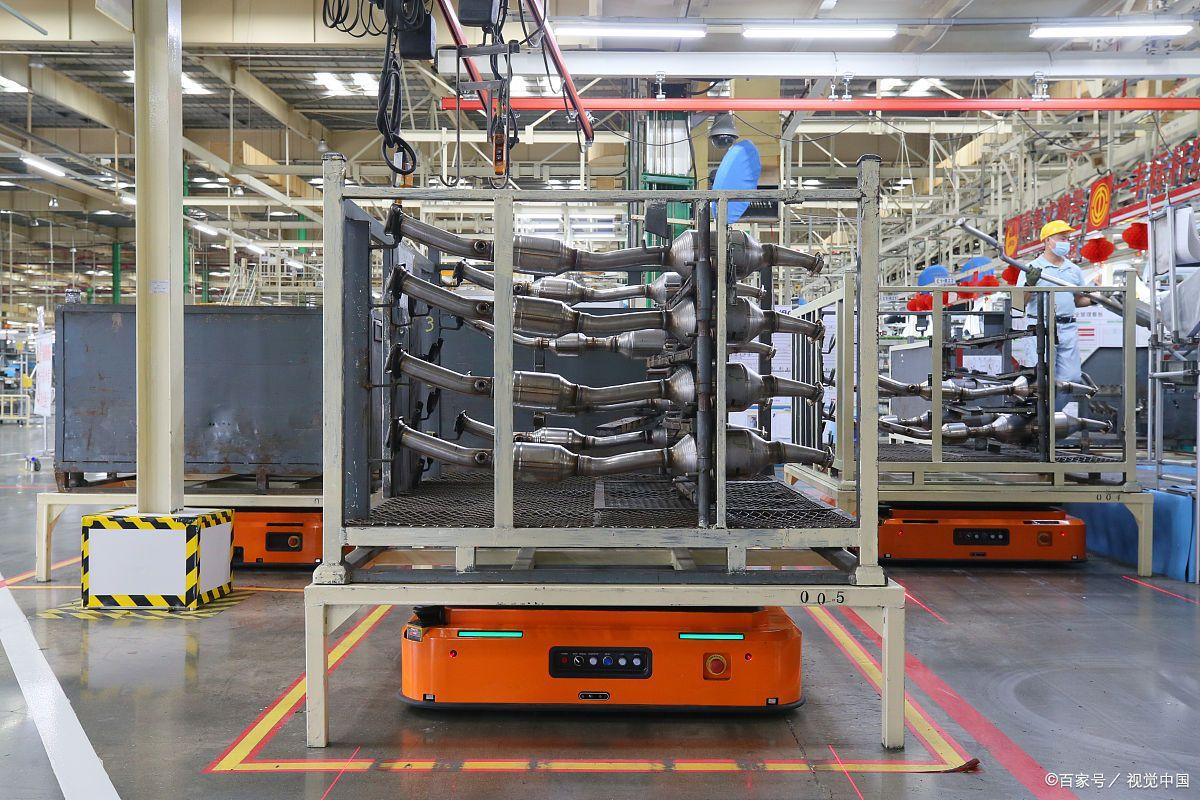
Furthermore, the application of drones in smart logistics is becoming increasingly popular. Traditional logistics delivery requires a large amount of manual transportation along the road, which is limited by traffic conditions and routes. And drones can greatly improve the efficiency and scope of logistics distribution through air navigation. It can achieve fast delivery in busy cities and remote areas, reducing traffic congestion and waste of human resources. At the same time, drones can also be equipped with high-definition cameras and sensors to monitor the status of goods and traffic conditions in real-time, improving the safety of logistics.
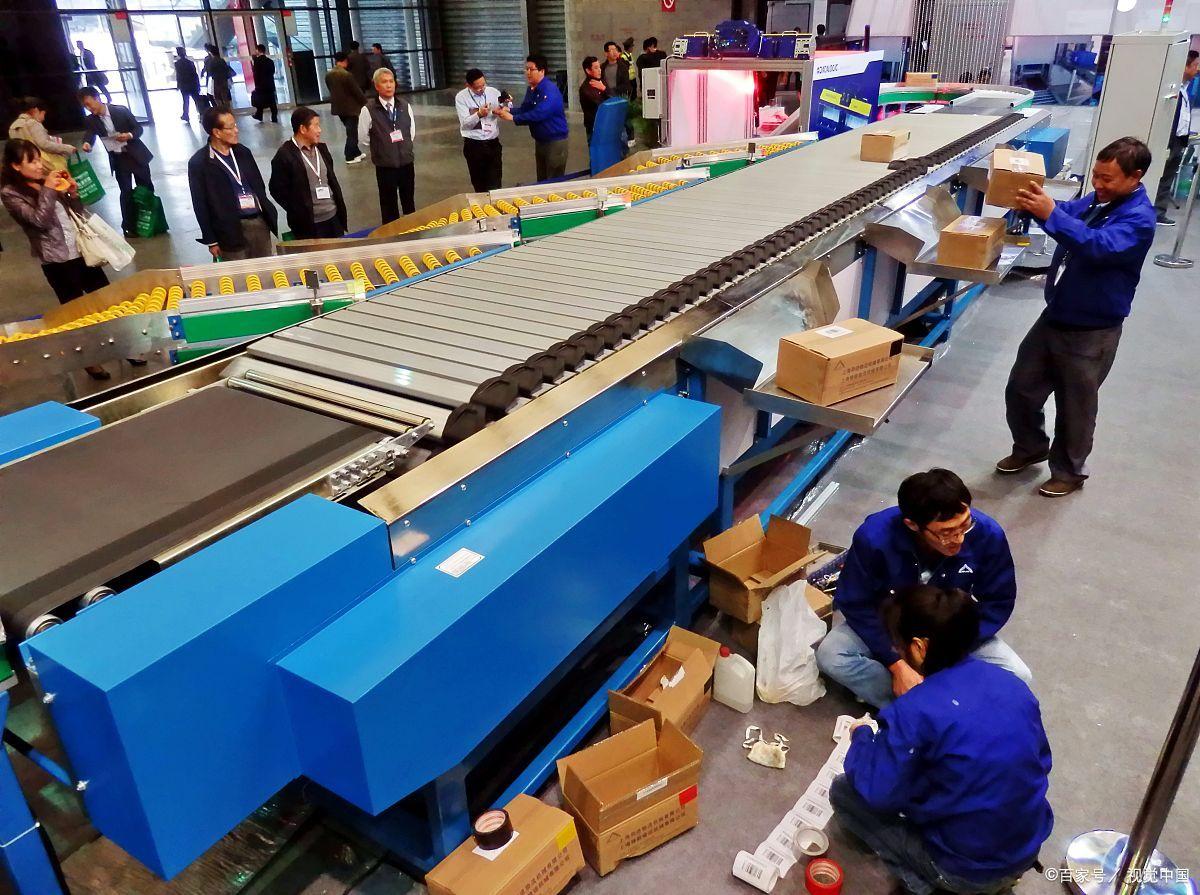
Furthermore, the application of drones in smart logistics is becoming increasingly popular. Traditional logistics delivery requires a large amount of manual transportation along the road, which is limited by traffic conditions and routes. And drones can greatly improve the efficiency and scope of logistics distribution through air navigation. It can achieve fast delivery in busy cities and remote areas, reducing traffic congestion and waste of human resources. At the same time, drones can also be equipped with high-definition cameras and sensors to monitor the status of goods and traffic conditions in real-time, improving the safety of logistics.
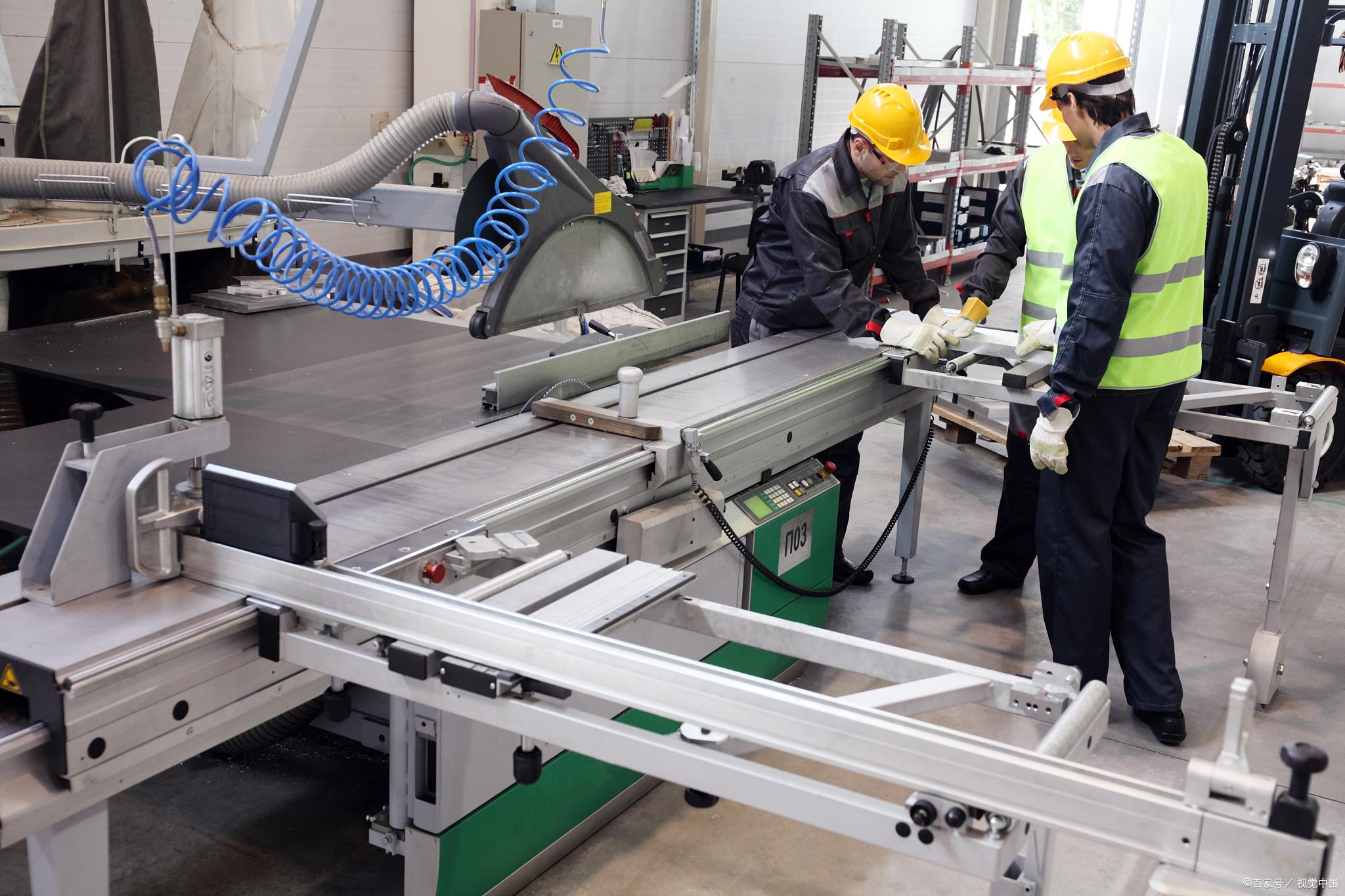
The promotion and application of automation equipment can not only improve the efficiency and accuracy of logistics, but also bring more business opportunities to logistics enterprises. For example, automated sorting equipment can provide sorting services for logistics enterprises and help other enterprises improve logistics efficiency; AGV cars can provide transportation services within logistics enterprises, improving overall production efficiency. With the continuous development of the logistics industry, automation equipment will also continue to evolve and improve, providing more support and driving force for smart logistics.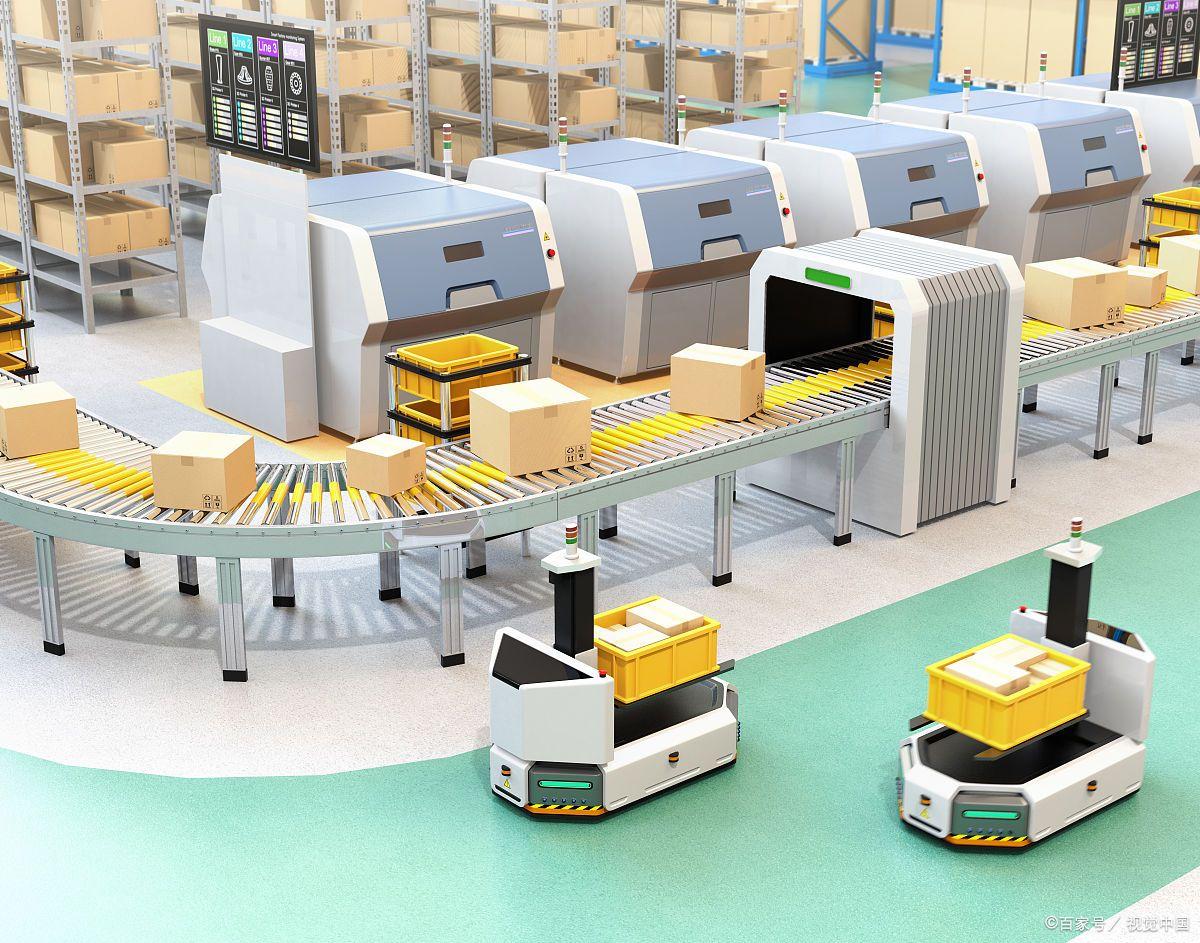
However, the transformation and upgrading of smart logistics still face some challenges. Firstly, the investment cost of automation equipment is relatively high, which may be difficult for some small and medium-sized logistics enterprises to bear. Secondly, the application of smart logistics involves multiple links and collaborative cooperation between multiple enterprises, requiring the establishment of a comprehensive information system and an interconnected platform. Finally, the security and privacy issues of smart logistics are also important considerations.
 Replace
Replace